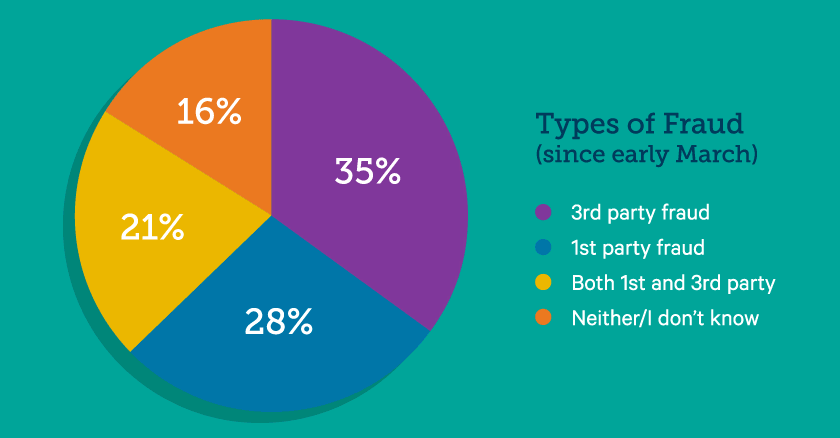BAI: Majority of Banks See Checks as Biggest 1st & 3rd Party Fraud Concern
- Defining the balancing act between security and customer expectations
- Customers have grown to appreciate that minor inconveniences mean better security
- 62% of banks indicate third party check fraud is their biggest issue
The latest BAI Deep Dive takes on "The fraud prevention balancing act: protection vs friction." Much of the discussion involves changes seen in fraud prevention techniques as consumer attitudes and expectations have evolved and changed in the face of new technology and the pandemic.
Guests for the discussion are:
- Jen Martin, Head of Enterprise Fraud Services at KeyBank
- Kevin Sanchez, Senior Vice President of Digital Financial Crimes at US Bank
- Karl Dahlgren, Managing Director of Research at BAI
- Holly Hughes, Chief Marketing Officer at BAI
Jen Martin noted that COVID financial assistance programs attracted fraudsters. Now, having been "trained," the fraudsters are not going away as the programs are winding down.
Karl Dahlgren explains that fraud resides in two different "buckets": first party and third party. First party fraud is undertaken under the fraudsters own identity, while in a third party scenario he/she adopts another identity.
As noted in BAI's Infographic: The State of Fraud in Financial Services:
Dahlgren notes in the video that "third party fraud seems to be most significant."
- 44% of banks indicate third party fraud is their biggest issue
- 31% said it was third party and first party equally
- 72% said it was phishing, 62% said check fraud; 61% said debit card
Altered Expectations
The panel made note of the fact that employee training and customer communication has gone up 25%, and banks are increasing their use of multi-factor authentication. And, while a customer experience-centric authentication strategy is essential, a little friction also indicates to the consumer that "we are taking this very seriously," and therefor it is not a negative.
Nonetheless, Kevin Sanchez noted: "A customer experience-centric authentication strategy, I believe, is critical to delivering both a secure and an enjoyable digital experience. Customers have grown to expect that they are going to have a seamless log-in experience on all of their applications."

Jen Martin agreed, noting that modern authentication is at its best when it does not "put out" the consumer to prove his or her identity. "The more that we can get to authenticating 'you as you' behind the scenes without you really having to provide that information -- but we're gleaning those insights through tools and strategies that we use -- that's really that seamless experience. The client shouldn't be impacted by that process."
However, modern authentication also serves notice to the "bad guys."
"But for the bad actors," Martin continued. "This also gives us the ability to stop them immediately, and they know that we know."
She goes on to say that this accomplished two goals; serving the client safely and efficiently, but also communicating to the "bad actors" that they are being observed.
Check Fraud: First and Third Party Fraud
Both Kevin Sanchez and Jen Martin are proponents of education -- something that is key to both in-house employees and the consumers. This is important for check fraud -- as 62% of banks indicated that third party check fraud is their biggest issue, and 59% of banks indicated the first party check fraud is their biggest issue.
Banks should be training their internal employees to see the signs of a scam or fraud -- particularly at the teller where customer interactions can help prevent a great deal of fraud. Additionally, sending out notifications to consumers about current and past scams, along with adding alerts through mobile channels, will help prevent additional losses.
Additionally, it is important for banks to consider the technologies they deploy to prevent fraud -- such as AI and machine learning for account authentication and transactional fraud. As highlighted in the #OrboZone Banking and Financial, "Banks can use AI to transform the customer experience by enabling frictionless, 24/7 customer service interactions — but AI in banking applications isn't just limited to retail banking services." We've seen growth in digital assistants -- Erica from Bank of America for instance -- and how these technologies can also be deployed for fraud detection and increase process control and optimization.
It will be incumbent upon banks to build a safe and secure environment for consumer funds -- across all channels. Toward that end, banks will need to increase internal communications and "break down the silos" within their internal infrastructure, .

